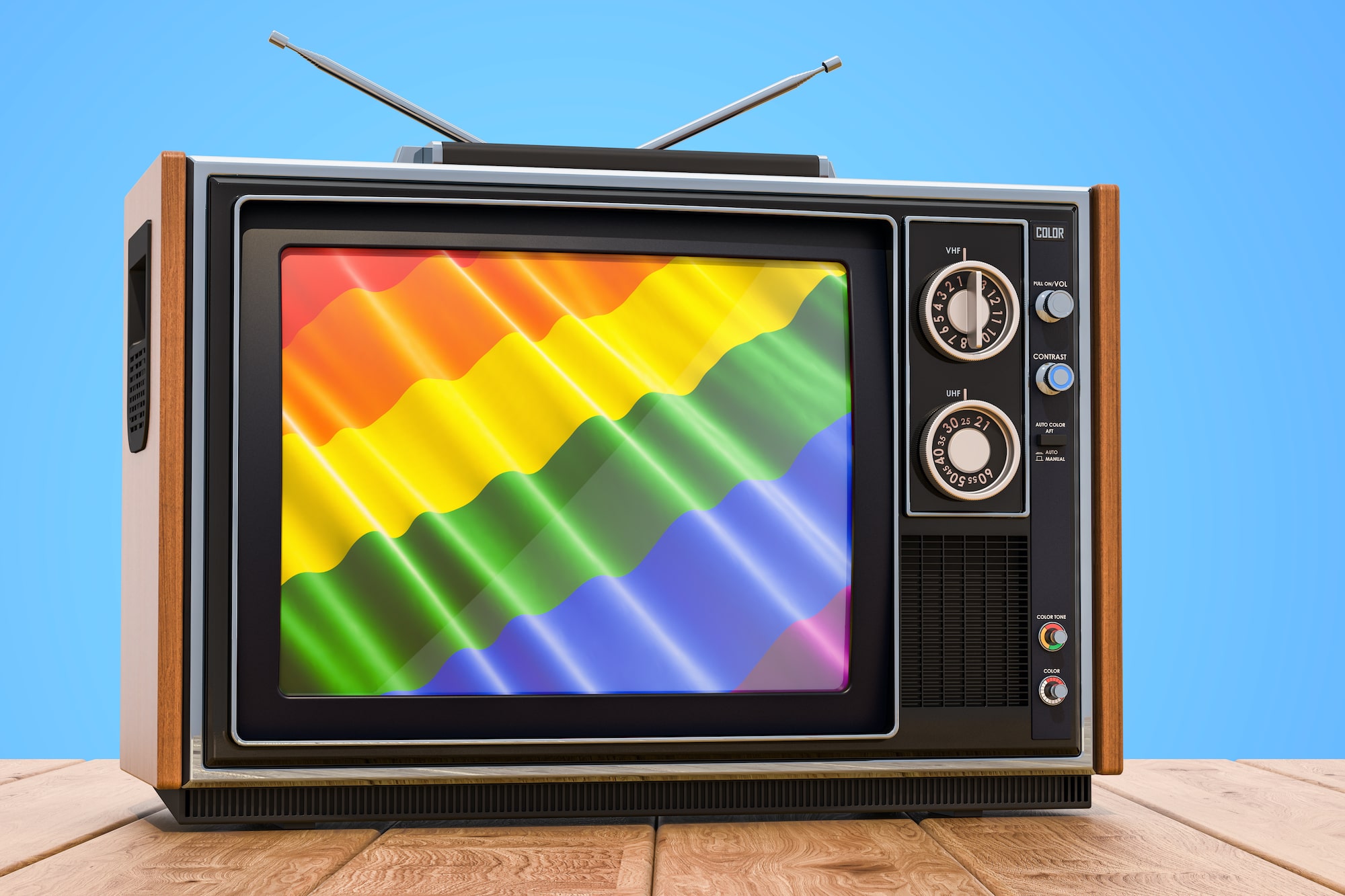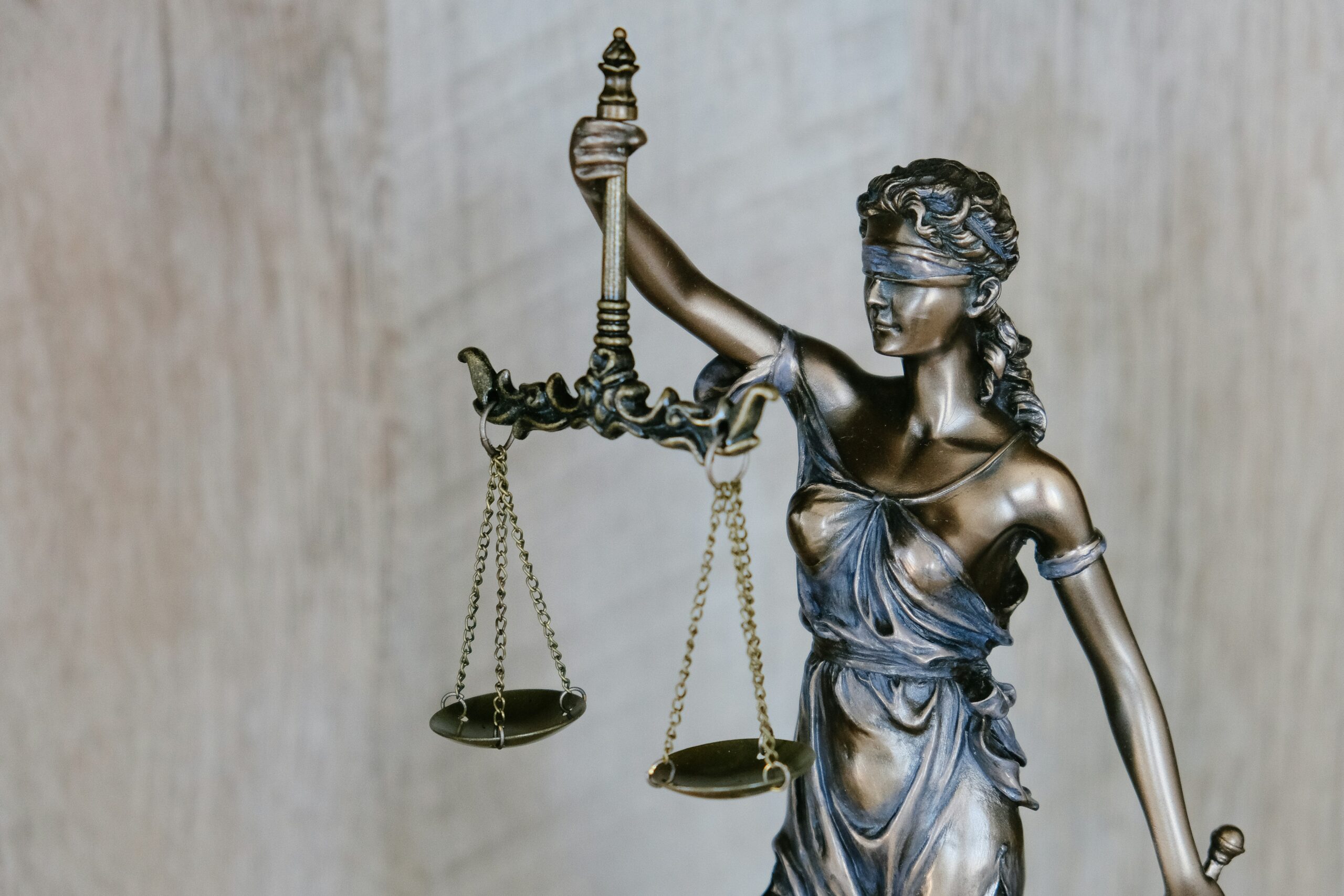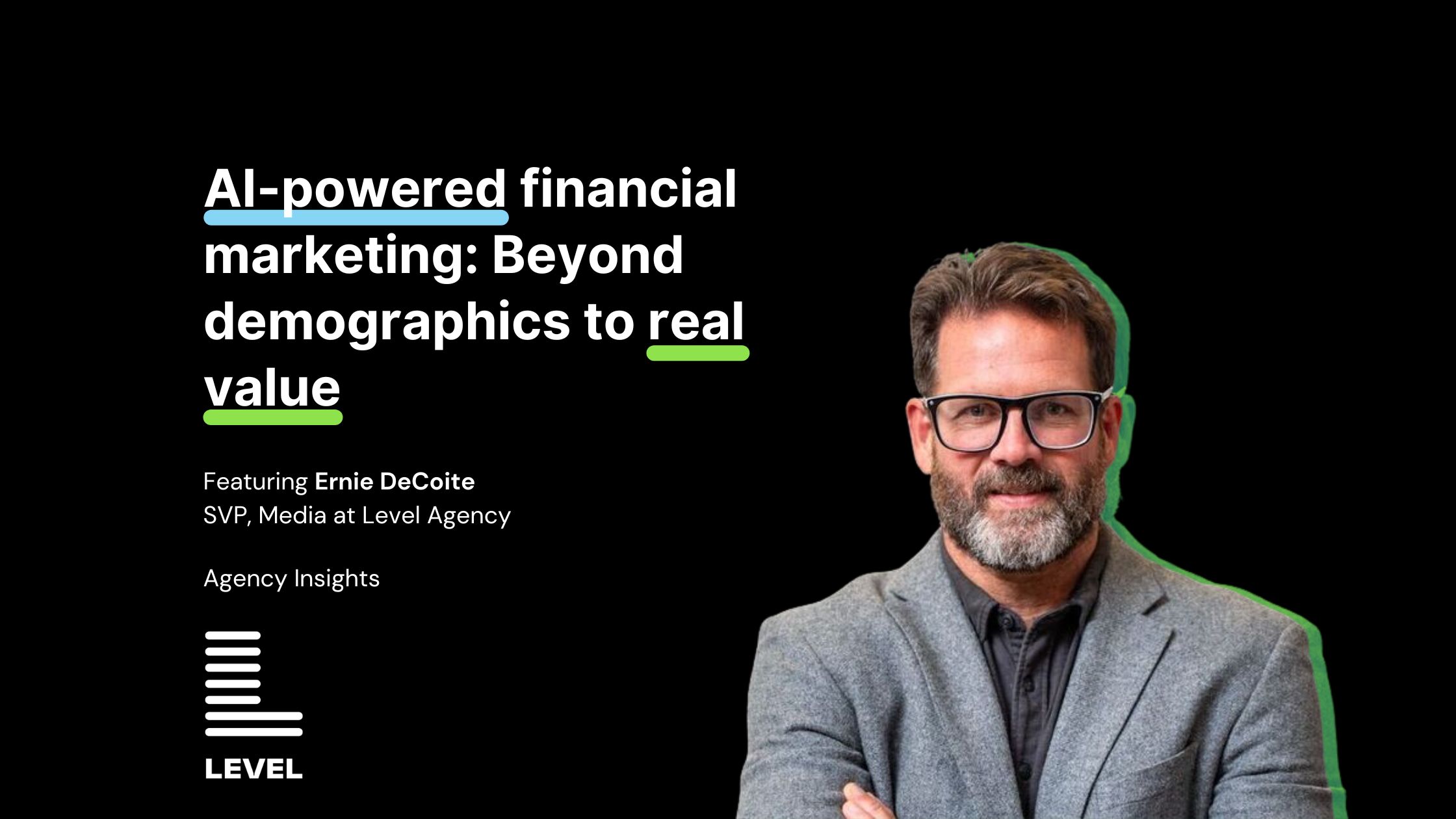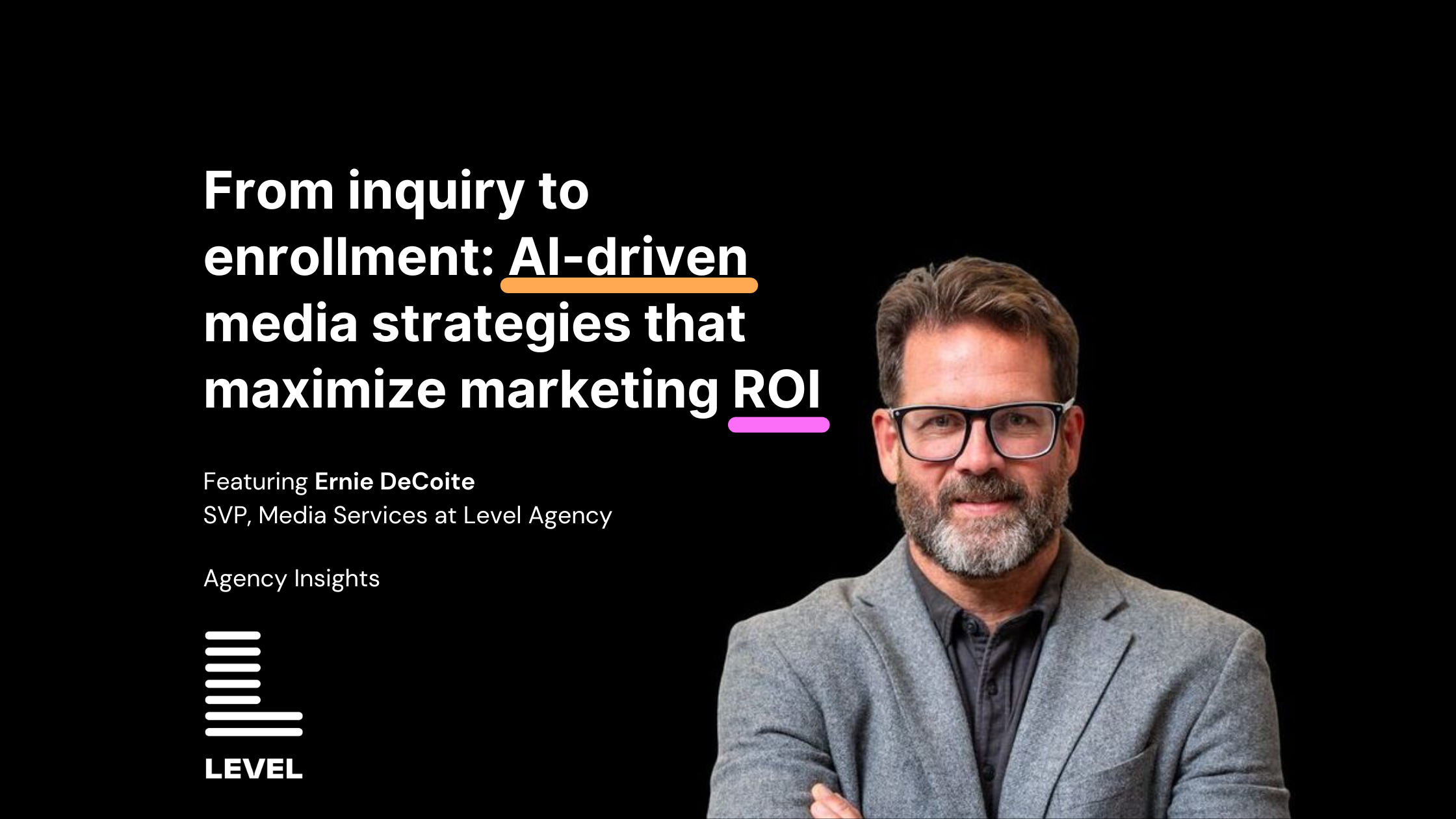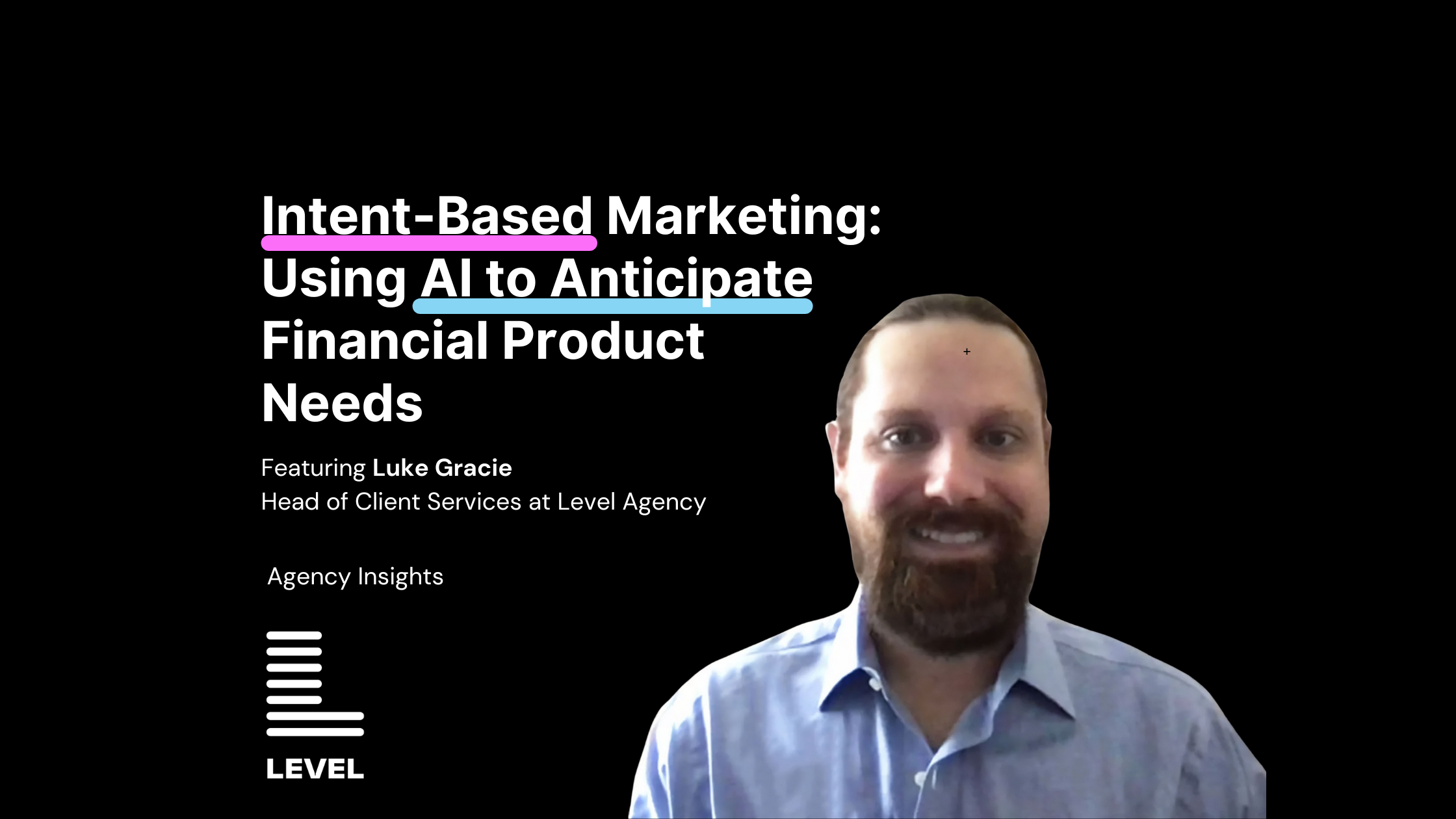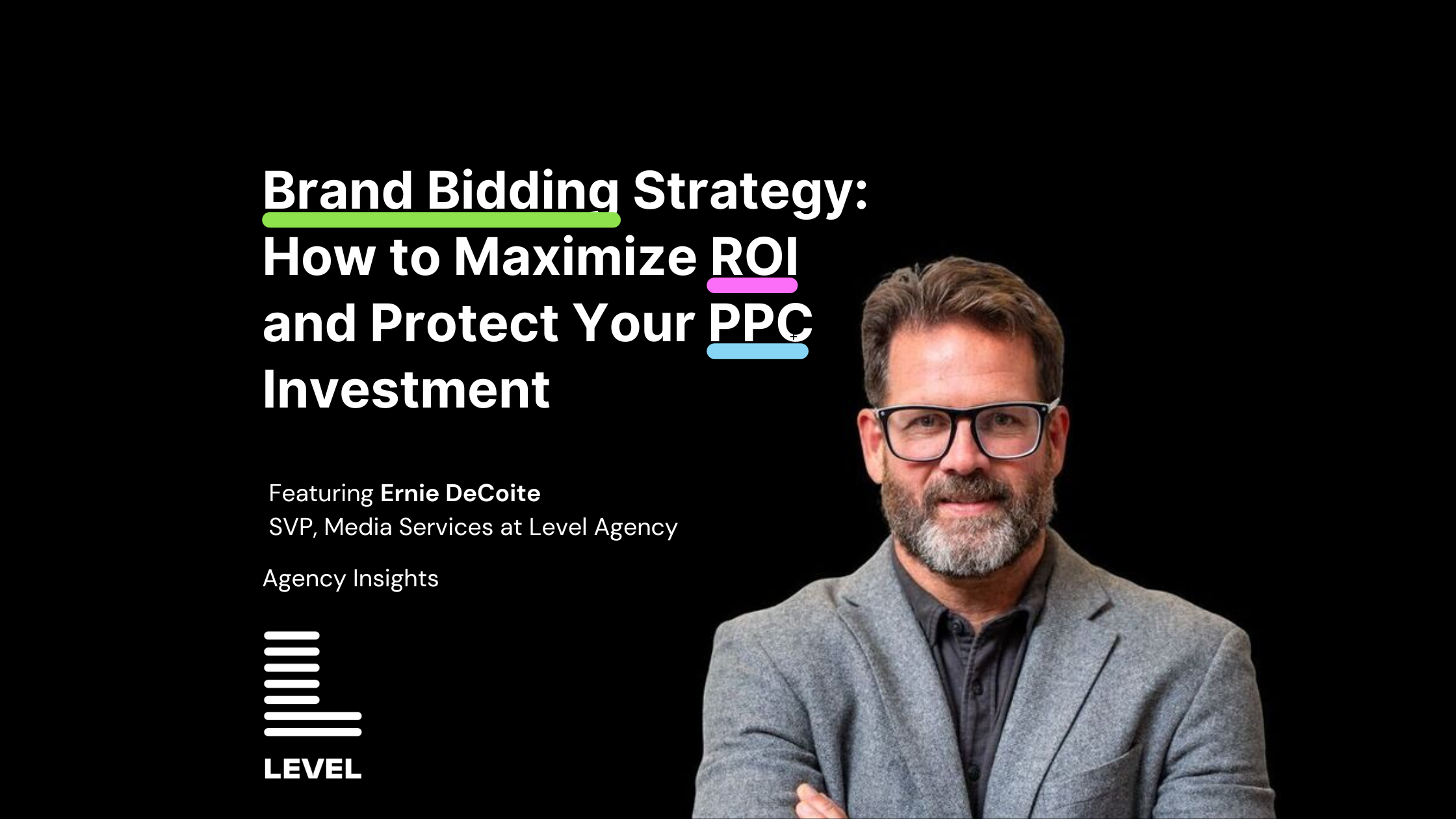
It’s easy to look around at today’s world and forget how far we’ve come for LGBTQ+ rights in the last 50, 20, even five to ten years. From the Stonewall Riots in 1969 to the passage of Marriage Equality in 2015, we’ve made great strides towards equality, but that doesn’t mean the fight is over. Representation in media is important for LGBTQ+ equality—and that doesn’t mean just making your logo rainbow during June for Pride Month. It has been widely observed that when the LGBTQ+ community is portrayed in media, public acceptance grows—like when Ellen DeGeneres came out as gay on national television or Laverne Cox starred on Orange is the New Black.
While you may not be reaching nearly as wide an audience as the Ellen Show or Netflix, there are important steps we can all take in advertising to assure we’re including as many diverse perspectives as possible and not perpetuating stereotypes.
1. Use LGBTQ+ People and Families in Advertising
There are all kinds of families outside of the stereotypical man and woman with two-point-five children in the suburbs, and our advertising should reflect that. When designing your new campaign, take the time to seek out images of queer people and families. Look through your current advertising and ask yourself – do these images include same-sex couples? Are queer, trans, and non-binary people visibly represented in these images? A campaign doesn’t need to be targeting LGBTQ+ people and families to include them.
2. Avoid Using Gendered Language Where Possible
When you are writing about families, do you reflexively say “mom and dad”? Do you default to “he” when speaking about your customers or audience? If so, you may be unintentionally alienating potential customers or clients. Instead of “mom and dad” try simply saying “parent(s)” to be inclusive of families with same-sex partners or non-binary parents. Instead of defaulting to “he” or “she” try using the singular “they” to refer to clients or customers to sensitive to those that use gender-neutral pronouns.
Of course, this won’t apply to everything, Mother’s and Father’s Day sales don’t need to be changed to Parent’s Day. Or, if your target audience is specifically men or women, or straight couples, it still makes sense to use the specific, personalized language.
3. Consider Audiences Within the LGBTQ+ Community
If you’re thinking of your audiences within a narrow view you may be missing out on potential customers and brand advocates. A great example of this is Manscaped’s partnership with World of Wonder and the RuPaul’s Drag Race Community. Finding brand advocates in a franchise and celebrities popular within the community allowed them to find an audience in the LGBTQ+ community and drag queens. Now you can find targeted ads and brand partnerships across drag queen’s social networks who are associated with the show and in their own content on Instagram and YouTube.
This pride month, support the LGBTQ+ community and take the opportunity to evaluate your brands’ messaging and imagery to assure it includes people of all sexual orientations and gender identities. And if you can, try to donate to a local or national charity such as an LGBTQ+ homeless shelter in your area or the Trevor Project, a national suicide hotline for LGBTQ+ youth. All of this goes a long way to assuring a safe and equitable society for everyone regardless of who they love or how they identify.
